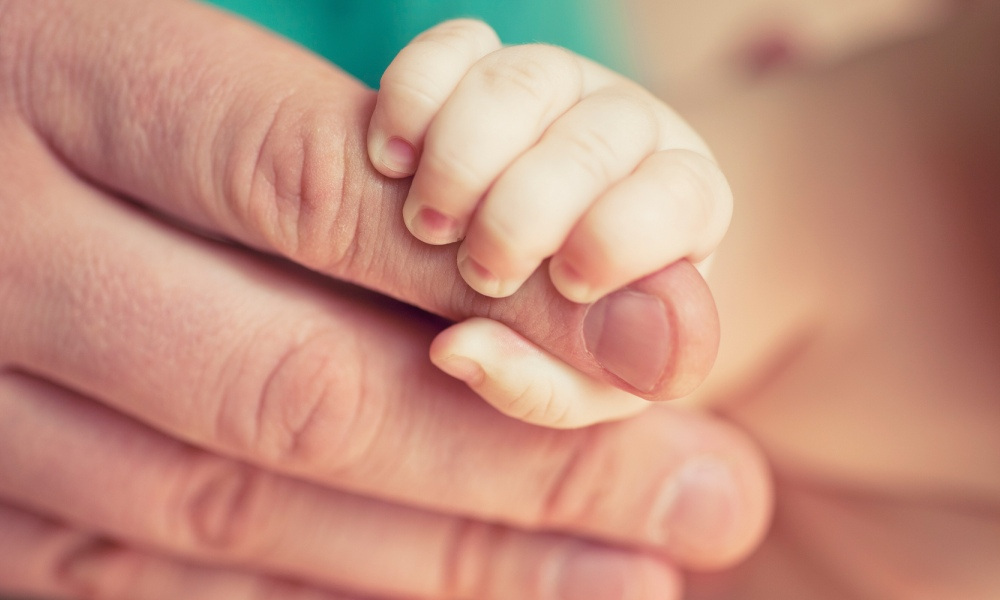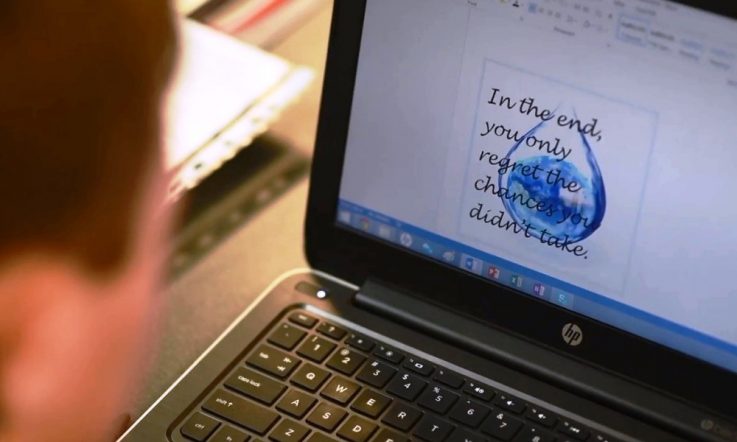An infant simulator-based Virtual Infant Parenting (VIP) programme implemented in Western Australia was intended to assist in reducing teenage pregnancy. However, research published in The Lancet has found that particular programme had the opposite effect.
In fact, the research shows that girls involved in that VIP programme were more likely to experience a birth or an induced abortion than those who weren't, before they reached 20 years of age.
The report, Efficacy of infant simulator programmes to prevent teenage pregnancy: a school-based cluster randomised controlled trial in Western Australia, investigated the effect of the VIP programme on pregnancy outcomes of birth and induced abortion in Perth, Western Australia.
‘Between 2003 and 2006, the VIP programme was administered to girls aged 13–15 years in the intervention schools, while girls of the same age in the control schools received the standard health education curriculum,' the report reads.
‘Participants were followed until they reached 20 years of age via data linkage to hospital medical and abortion clinic records. The primary endpoint was the occurrence of pregnancy during the teenage years.'
The study's lead author, Dr Sally Brinkman says all students in the study still received the standard health curriculum, the only difference was that schools who were randomised to the intervention group had access to the VIP programme as well.
‘We recruited all students essentially in Year 9 and 10 who were female. So it wasn't that we were only recruiting say, maths classes or early childhood studies. It was all students in the entire school that were in Year 9 and 10 who were female,' Brinkman explains.
The girls in the randomised controlled trial (those involved in the VIP programme) were given four educational sessions by a school nurse on various topics including not smoking, drinking or taking drugs in pregnancy, good nutrition, the financial costs of having a baby, sexual health, contraception, and respectful relationships.
They were also shown a documentary featuring teenage mothers who discussed the positives and negatives of caring for a baby. The girls were then responsible for caring for the baby simulator over a weekend, which is designed to cry when it needs to be fed, burped, rocked or changed. The girls were then scored out of 100 for the attention they gave the baby, including any reports of mishandling, the time the baby is left crying and the number of nappy changes.
The report notes that between 1 February, 2003, and 31 May, 2006, 1267 girls in the intervention schools received the VIP programme while 1567 girls in the control schools received the standard health education curriculum.
‘Compared with girls in the control group, a higher proportion of girls in the intervention group recorded at least one birth (97 [8%] of 1267 in the intervention group vs 67 [4%] of 1567 in the control group) or at least one abortion as the first pregnancy event (113 [9%] vs 101 [6%]),' the report reads.
‘After adjustment for potential confounders, the intervention group had a higher overall pregnancy risk than the control group.'
Brinkman says she was originally compelled to conduct this research through her work as an epidemiologist for the North Metropolitan Health Service in Western Australia.
She was working with several school health nurses who were keen to expand their use of the VIP programme, given they had piloted the program before and it had shown good short-term results.
‘One way to be able to do that was to, yes, commit more funding to it and buy more babies but we felt a little uncomfortable about it considering there hadn't been any long-term research into the effectiveness of the programme,' Brinkman says.
‘So we did roll it out and we expanded the programme but we did so underneath a randomised control trial design so that we were able to actually evaluate whether it did work or not. The intention was, if it did work, then as a health service we would feel more comfortable committing additional funds to it.'
Brinkman says as soon as they started seeing the results were not heading in the right direction, the health service decided to stop supporting the programme.
‘Once the implementation of the research was conducted and we were following up students and watching the data starting to come through, because the trends were in the wrong direction, they weren't statistically significant … at that stage but they were already starting to trend in the wrong direction, we actually ended up donating the infant simulators to the local playgroup associations and some nursing homes actually,' she says.
According to the report, there are currently around 2000 schools in Australia involved in the VIP programme and ‘at present, in Australia, a standard pack of 10 infant simulators along with the required equipment costs $18 245'.
To those schools involved, Brinkman has some advice.
‘My advice is to stop it. …It would be different if it just wasn't making a difference but the trend is in the opposite direction and it is indicating, if anything, it might be doing harm and increasing the teenage pregnancy rate.
‘So I can see there is no sensible reason for implementing this programme if your aim is to reduce teenage pregnancy. It's not working, it's not a good spend, it's not worth spending your money on,' she says.
Editor's note: The research on which this article is based evaluated the implementation of a Virtual Infant Parenting programme in Perth, Western Australia and not any other programmes using infant simulators or the use of infant simulators in general.
To read the full report, Efficacy of infant simulator programmes to prevent teenage pregnancy: a school-based cluster randomised controlled trial in Western Australia, click on the link.



